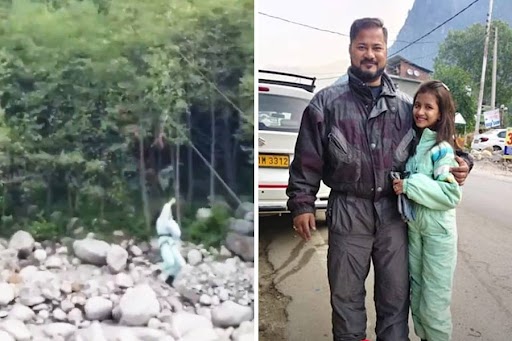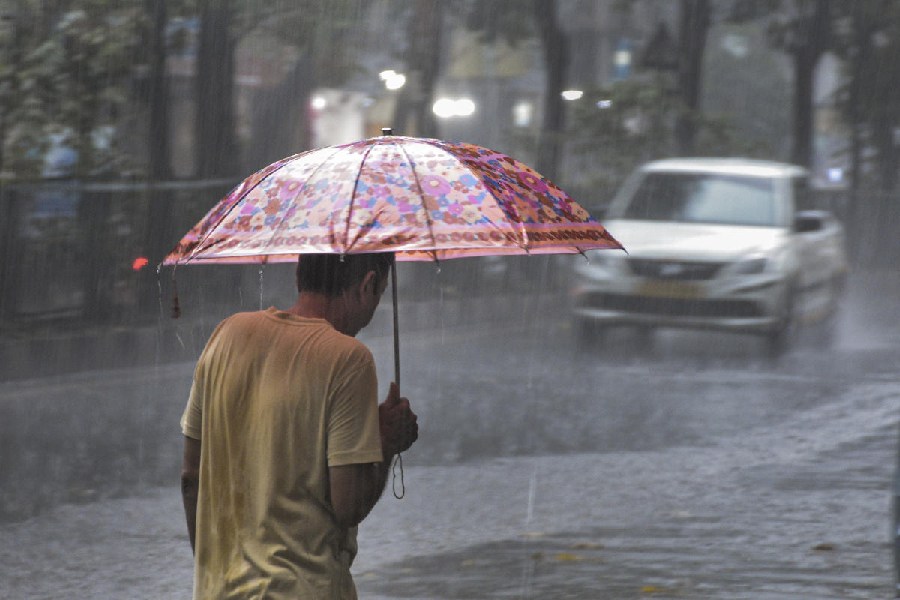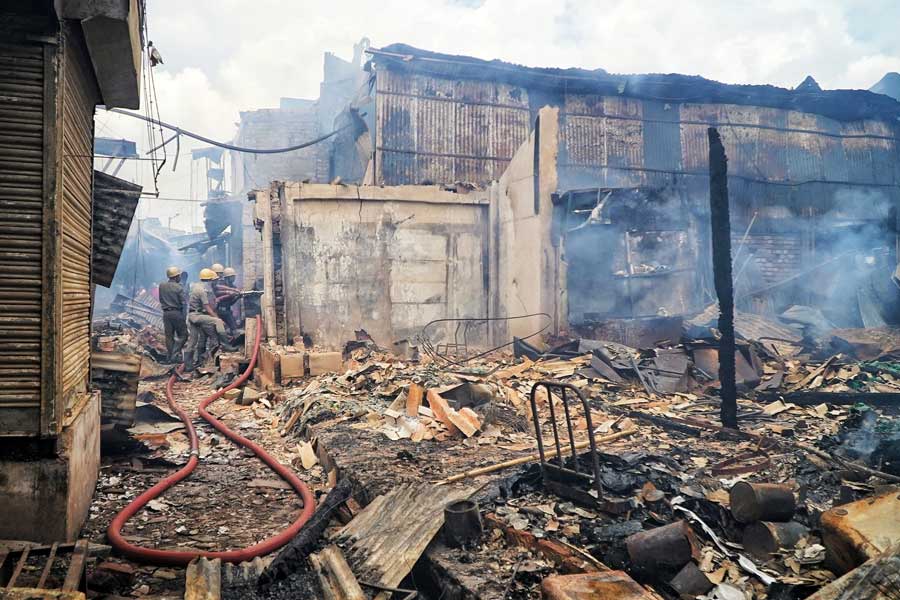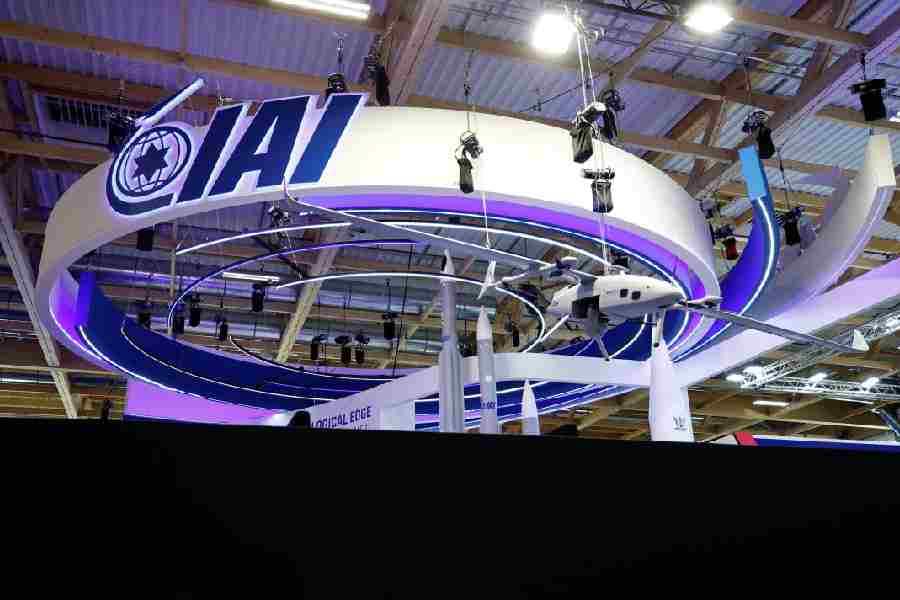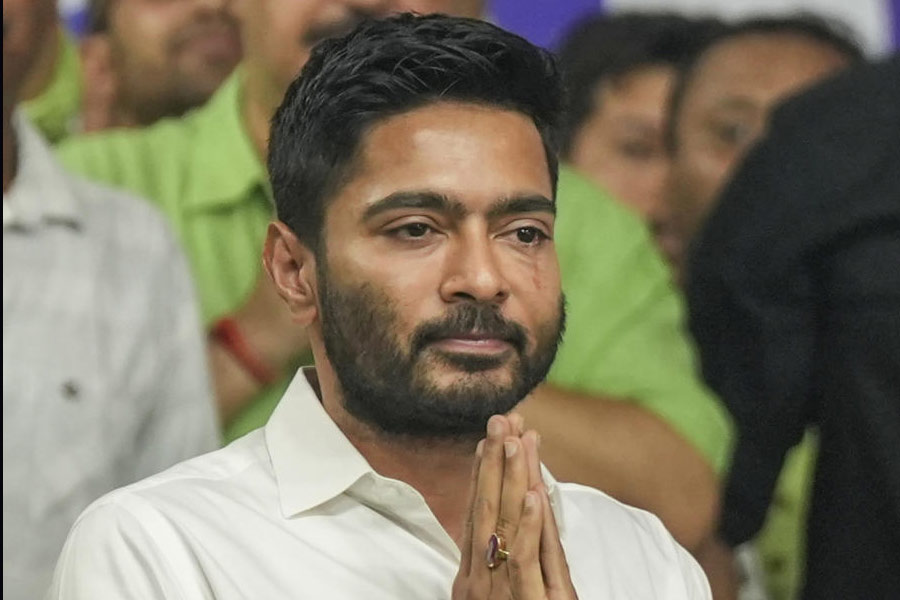Naveen Patnaik’s overwhelming fourth successive victory in the elections is no mean achievement. By launching several welfare and populist measures, he could win the hearts of voters across the state. In the election manifesto, he has promised development works ranging from construction of highways and railway lines to setting up of an agriculture university, several medical colleges and health care facilities, PPP projects, urban and rural infrastructure and social welfare projects. He has been expressing his passionate desire to make Odisha the numero uno state in the country.
To achieve his goals, a huge capital is to be invested in the state. This needs increased internal generation of funds and inviting investments from other sources to the state.
Naveen is well aware that without rapid industrialisation, the state cannot progress. He has successfully brought more than six lakh crore rupees of investment to the state, out of which only a small percentage has been utilised. Some projects that have taken concrete shape, albeit slowly, are the IOC refinery, steel plants by Tata, Jindal, Bhushan and others, Dhamra port, alumina and aluminium plants of Vedanta and Birla and several power plants. Once fully commissioned, these projects promise to contribute to the rapid growth of the state’s economy.
Even PSUs such as Nalco exports part of its alumina and aluminium ingots instead of fully utilising for value added products in the state. The same is the case with another PSU in the state, Indian Rare Earths Ltd, which has been exporting ilmenite, a titanium mineral, instead of converting it to value added titanium dioxide and pigments.
Several challenges in the political, administrative and legal fields lie ahead of Naveen’s new government. Land acquisition, environment and forest clearances, mining approvals, legal issues pending in the high court and the Supreme Court, ore linkage, coal linkage, water supply to industrial units and so on are major issues that the chief minister has to address.
Several investment proposals such as Posco, Vedanta University, Mittal Steel, ports and ship building projects have either been delayed for a very long period or abandoned due to strong opposition from various quarters. Even the UPA government’s approach to environment, forest and mining clearances to Posco, Niyamgiri, allotment of coal mines to state-located power plants indicates a partisan attitude towards the state. So also the case regarding the revision of royalty of minerals, granting the special-category status to Odisha, negligence of railway development in the state, KBK funding, delay in approvals of several infrastructure and social schemes by the Centre speaks of the Union government’s negligence towards the state.
Setting up of several committees for review of forest diversion and environmental clearances in case of Posco reflects the lackadaisical attitude of the powers that be. The Khandadhar iron ore project should not be allowed to follow in the footsteps of the Niyamgiri bauxite mining one that has been badly handled by the Centre.
The four important pre-requisites needed to usher in rapid development in any region are mines and minerals, water and forest resources, good infrastructure such as ports, railway lines and highways and dedicated human resources. Fortunately, the state has all these parameters, which, if integrated properly, especially by laying greater emphasis on better infrastructure, could lead to a vibrant state.
The 480km coastline, the Chilka lake, beautiful temples, Buddhist heritage sites, tribal art and culture can provide massive growth of tourism, trade and commercial activities. Recently, the Supreme Court, while hearing the state’s case on illegal mining, wanted to know the reasons of poverty in the state despite having bulk of the nation’s mineral wealth.
No one can deny that Naveen Patnaik has accomplished an image makeover of the state and provided a stimulus for growth. The pace of development, however, remains tardy as compared to other states and Odisha, with its vast tribal population and hilly terrain, continues to remain poor. It is high time we did some introspection to find the causes of this poverty.
Many investments could not materialise due to strong protests by several NGOs, environmental activists, land evacuees and political and corporate opponents. Even a public interest litigation by any individual keeps the fate of mega industries hanging for years together. No sooner is a project announced than a group of activists and NGOs start opposing it, expressing environmental concerns such as pollution in the locality or danger to turtle breeding and marine life, fishermen’s concern on fishing and so on. Innocent masses are instigated to revolt by those with vested interests.
Similar is the case for utilising our minerals within our state by setting up of industries for value addition chain instead of exporting them. Knowing the potential advantage of the Polavaram project, the Andhra Pradesh government is determined to construct a dam over the Godavari. This could be possible with the strong political will of their state government. Similar political will needs to be shown by our state government.
The Vedanta University project in Puri, conceived in the line of Stanford University, has been grounded by a handful of people. This university would have brought pride to our state. Those people, who oppose the developments on one side, also blame the government for not creating any avenues for employment resulting in mass migration of work force. Migration of workers from west and southwestern districts to other states and Maoist activities in Odisha are a matter of grave concern that the state government must expeditiously address.
Hence, the primary goal of the government is to convert the mindset of such activists through discussions and counselling. All problems have their solutions. The government should step in to solve make the state investor-friendly. The chief minister’s new team should bring large-scale investments to the state in areas such as tourism, infrastructure, power generation, education and research, health care, IT and ITES, ESDM, mining, pharma, automobile and other manufacturing sectors, urban and rural infrastructure, agriculture and food processing. National institutes of repute such as IIM, ISM, NID, NIPER, IIIT, IIFT, IMU, NPTI should be set up in the state. For speedy implementation, the state government has to seek the central government’s help for which it has to review the political equation.
The biggest challenge ahead for Naveen’s new government is to create a peaceful industrial climate with growth-oriented governance for sustainable and inclusive development.
(The author is a a consulting engineer)





